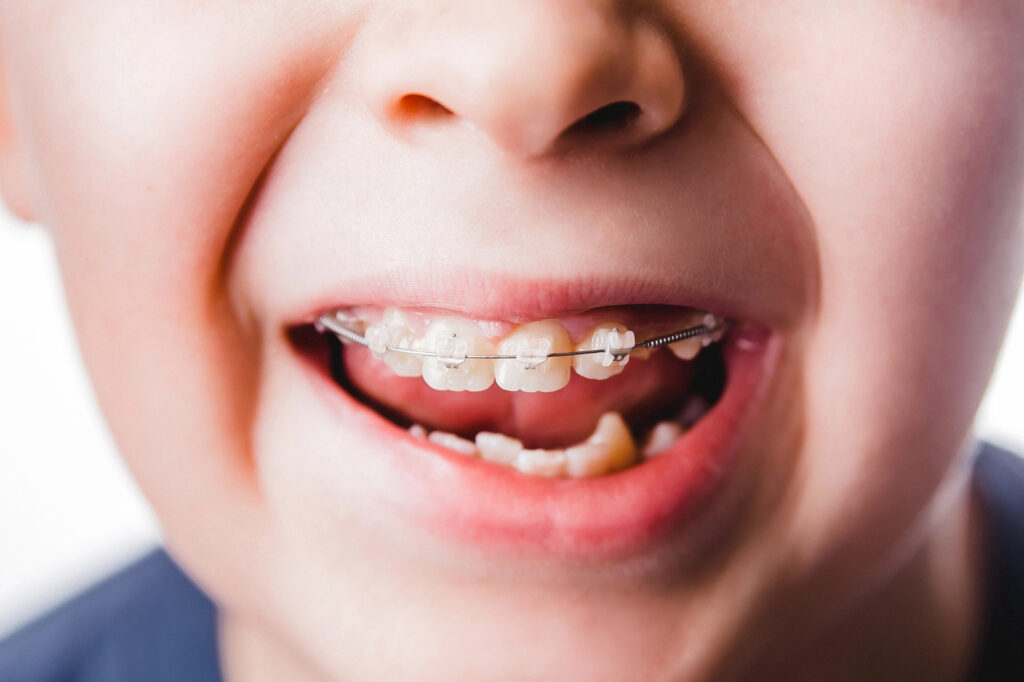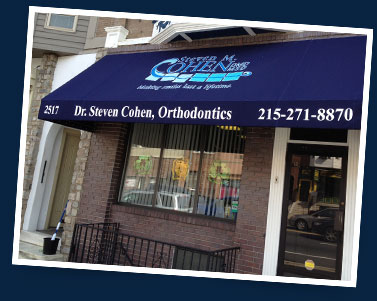The Most Common Orthodontic Disorders

No matter how careful we are or how hard we work at taking care of ourselves, there is a good chance that we will have to visit the doctor for something unexpected at some point.
From broken limbs to infections and so much more, life loves to throw curveballs at us. That is also true when it comes to our oral health – which is vitally important. Throughout life, you may find that you have a few common orthodontic disorders or problems that you didn’t see coming. And when they flare up, it’s time to pick up the phone and call an expert who is able to get your teeth straight and your life back on track.
What are the most common orthodontic disorders and what should you be aware of? If you experience any of these, don’t be afraid because help will soon be on the way and you’ll be feeling – and looking – better in no time at all.
Crowding
If you know anyone who has had braces or teeth alignment procedures, it’s likely because they suffered from something called “crowding.” This is fairly common and really one of the most frequent problems that orthodontists have to work on.
What is it? How does it work? What does it look like?
Crowding happens when there isn’t enough space in your jaw for all of your teeth to line up properly. When this happens, it usually causes your teeth to push against each other and twist, which definitely complicates any attempt at cleaning between them.
Crowded teeth can increase the overall likelihood of problems like cavities, gum disease, and more oral health issues like plaque. It’s unpleasant to think about but food particles will also become harder to address, which can be really bad for you.
Crowding may happen because of genetic traits, like having a narrow jaw. They can also be caused by behaviors and habits like thumb-sucking starting in early childhood.
Orthodontic treatment usually includes braces or clear aligners to adjust teeth into the right place. In some cases, removing teeth might also be needed in order to provide the right amount of space.
Spacing
On the other end of the spectrum is spacing, which is another common orthodontic disorder.
Spacing revolves around gaps or spaces found between teeth, which may happen because of various factors, such as absent teeth, smaller-than-normal teeth, or a larger-than-average jaw.
Although spacing may appear to be a less serious issue when compared to crowding, it might still lead to some very problematic oral health problems. Too much space between teeth will hold a lot of food debris, which increases the likelihood of irritation of the gum and disease.
Additionally, spacing might impact your speech and disturb the balance of your bite, which will probably result in tooth wear and tear and them appearing uneven.
The right kind of orthodontic care for spacing usually uses braces or aligners to fill the spaces, improving functionality and appearance.
Overbite
They might not always be very obvious, but overbites are a very common problem that millions of people face every year. The good news is that it can easily be solved with the help of a well-trained and trusted orthodontist.
Overbite is an orthodontic issue that affects so many people, and most of them aren’t even aware of it. It’s really that common. In fact, we probably know a few people who have overbites, although they aren’t always very noticeable and prominent.
With an overbite, the upper front teeth cover the lower front teeth when the jaw is shut. A slight overbite is typical, but a significant one will result in a slew of painful and unfortunate issues.
These issues include damage to the lower teeth, discomfort in the jaw, and a higher chance of harm to the upper front teeth in the event of accidents. Very significant overbites can also lead to TMJ problems, which may flare up with headaches, popping of the jaw, or trouble opening and closing your mouth.
The good news is that this is all able to be addressed, and the process to fixing an overbite isn’t that difficult. Repairing an overbite typically includes braces, aligners, or even surgery in some cases, depending on just how severe the things are.
Underbite
There are overbites and then there are underbites too.
As you may have suspected, with an underbite, your lower front teeth extend beyond your upper front teeth. This sort of misalignment usually leads to what can be called a bulldog-like appearance and that can get in the way of chewing, speaking, and the overall balance of your facial features.
Underbites are usually the result of genetic issues, like a larger lower jaw or a smaller upper jaw. They may also come from extended thumb-sucking or tongue-thrusting when you were a child.
If you don’t address it, an underbite will lead to jaw discomfort, wear and teeth, and TMJ issues. The best options for orthodontic treatment consist of braces, headgear, or surgery for severe situations.
Impacted Teeth
Another fairly prominent orthodontic problem that might bother you is impacted teeth.
You can pretty much predict what an impacted tooth is. It’s when a tooth does not fully grow into its correct position, usually because of overcrowding or some obstruction by another tooth.
Wisdom teeth are the ones most frequently impacted, although this problem might involve other teeth too.
Impacted teeth can lay the groundwork for a lot of pain, infections, and harm to other teeth nearby if the situation isn’t addressed.
Treatment options may vary depending on the tooth affected and the degree of the impact. Orthodontists will probably use braces or even surgical plans to reposition the impacted tooth the correct way.
Jaw Alignment
Finally, there are jaw alignment problems, which actually cover a wide range of the conditions that we have already talked about.
Jaw alignment problems usually happen because of a number of genetic factors, childhood behaviors, trauma, or developmental problems.
They pop up in a number of ways. Indeed, they may appear as overbites, underbites, crossbites, open bites, or a mix of these. Issues with jaw alignment can cause very serious issues when it comes to chewing, speaking, and keeping oral hygiene. As you can see, there are a number of orthodontic problems that might bother you or a loved one in your life. And while that may sound frightening, you shouldn’t be concerned if you are relying on the hard work and expert knowledge of an orthodontist such as Dr. Steven Cohen. With the hard work of a skill expert, your teeth will soon be straight, your smile will be bright, and you’ll be feeling so much better.








